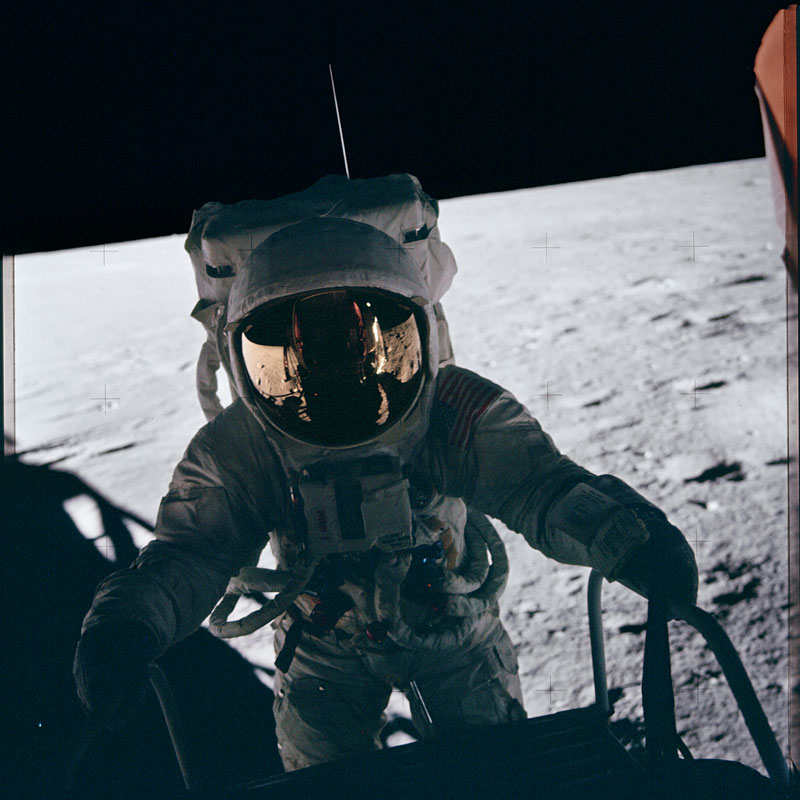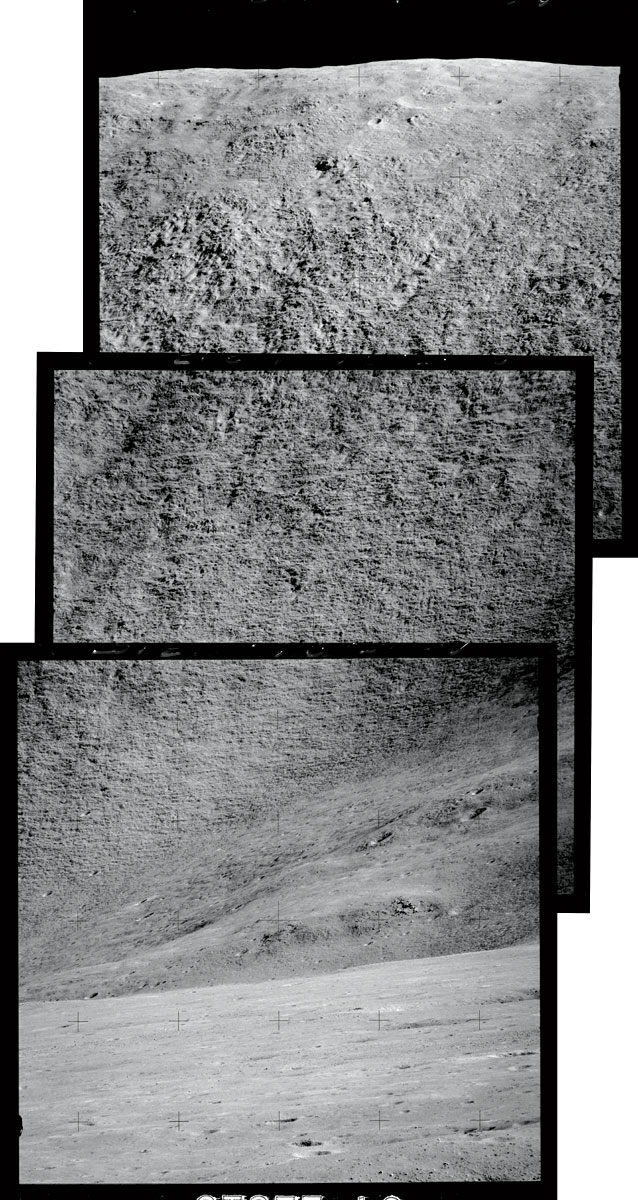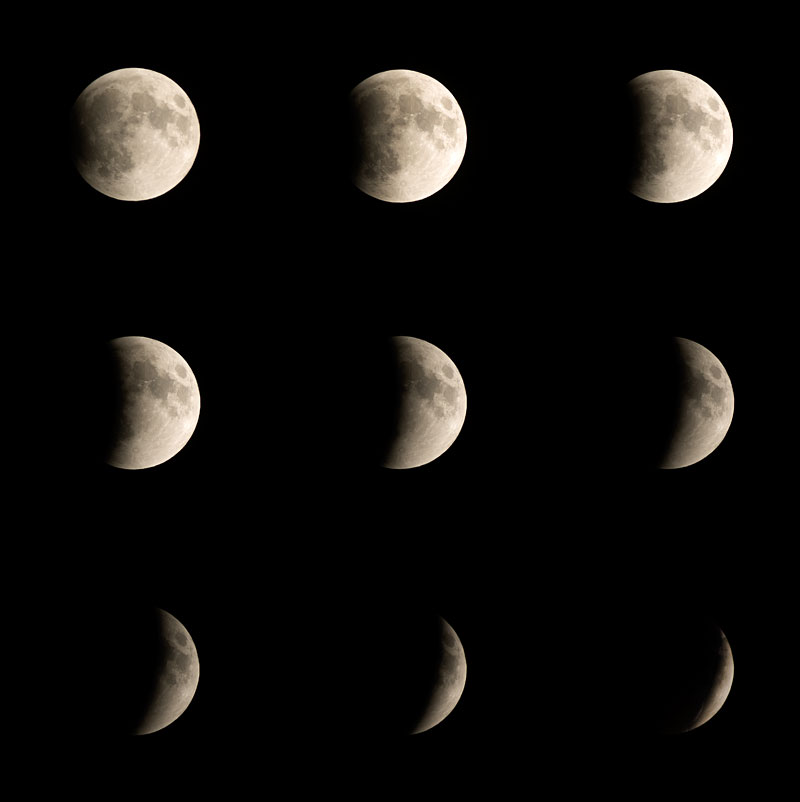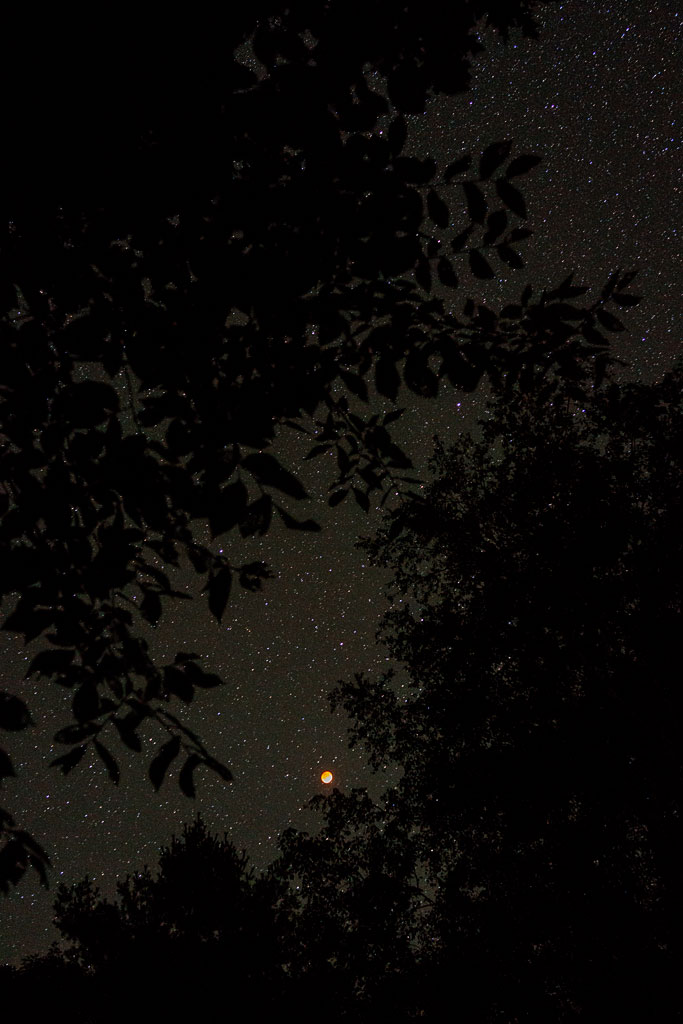 50 years ago today, Neil Armstrong left the Apollo 11 lunar lander to become the first human to walk on the moon. This image is from the NASA Apollo Archive. Click on the image for a larger view.
50 years ago today, Neil Armstrong left the Apollo 11 lunar lander to become the first human to walk on the moon. This image is from the NASA Apollo Archive. Click on the image for a larger view.
Tag Archives: Moon
Craters of the Moon
 Apollo 16 landed on the highlands of the moon. This is an image of one of the Cinco Craters on the slope of Stone Mountain, which was 2.4 miles or 3.8 km from the lunar lander and about 500 ft or 150 m above the landing site. Some of the oldest rock samples from the moon were taken from this region. The lunar landing crew were John Young and Charles Duke, with Thomas Mattingly remaining in orbit. Click on the image for a larger view. Continue reading
Apollo 16 landed on the highlands of the moon. This is an image of one of the Cinco Craters on the slope of Stone Mountain, which was 2.4 miles or 3.8 km from the lunar lander and about 500 ft or 150 m above the landing site. Some of the oldest rock samples from the moon were taken from this region. The lunar landing crew were John Young and Charles Duke, with Thomas Mattingly remaining in orbit. Click on the image for a larger view. Continue reading
Mountains of the Moon
 Apollo 15 was the first mission to use a lunar rover. One of the mission destinations was Rima Hadley. This sinuous rille, a river-like channel, is about 80 miles or 120 km in length and rises about 1,200 ft. or 370 m from the landing site. I created this composite of the side of Rima Hadley from images from NASA’s Project Apollo Archive. David Scott and James Erwin were the lunar crew, with Alfred Warden remaining in orbit. Click on the image for a larger view.
Apollo 15 was the first mission to use a lunar rover. One of the mission destinations was Rima Hadley. This sinuous rille, a river-like channel, is about 80 miles or 120 km in length and rises about 1,200 ft. or 370 m from the landing site. I created this composite of the side of Rima Hadley from images from NASA’s Project Apollo Archive. David Scott and James Erwin were the lunar crew, with Alfred Warden remaining in orbit. Click on the image for a larger view.
Walking on the Moon
 Apollo 17 was the last manned mission to the moon. In 1972, Eugene Cernan and Harrison Schmitt descended in the lunar lander, while Ronald Evans remained in orbit. This is a composite I created from seven images from the NASA’s Project Apollo Archive. Click on the image for a larger view. Note the lunar rover on the right of the image.
Apollo 17 was the last manned mission to the moon. In 1972, Eugene Cernan and Harrison Schmitt descended in the lunar lander, while Ronald Evans remained in orbit. This is a composite I created from seven images from the NASA’s Project Apollo Archive. Click on the image for a larger view. Note the lunar rover on the right of the image.
Earthrise
 This image is from the newly released Project Apollo Archive by NASA of the pictures taken during the Apollo missions. While the crew never reached the surface of the moon, Apollo 8 was the first time humans had left Earth’s orbit and orbited another celestial body. It was the first time we could view our planet from a place other than Earth. The crew on that mission was William Anders, Frank Borman, and James Lovell. Click on the image for a larger view.
This image is from the newly released Project Apollo Archive by NASA of the pictures taken during the Apollo missions. While the crew never reached the surface of the moon, Apollo 8 was the first time humans had left Earth’s orbit and orbited another celestial body. It was the first time we could view our planet from a place other than Earth. The crew on that mission was William Anders, Frank Borman, and James Lovell. Click on the image for a larger view.
Moon and Stars
A Disappearing Moon
 Last night, the moon slipped into the shadow of the Earth. It took about an hour to hide our satellite, which spent another forty five minutes in the shade of our planet before slowly emerging into the light of the sun. Click on the image for a larger view.
Last night, the moon slipped into the shadow of the Earth. It took about an hour to hide our satellite, which spent another forty five minutes in the shade of our planet before slowly emerging into the light of the sun. Click on the image for a larger view.
NOTE: if you know how to cross your eye to fuse stereo pairs, this image is quite dimensional.

